With the move from Twitch to YouTube this year, there was bound to be a change in viewership numbers for the Overwatch League in 2020. The OWL saw a decrease of more than 60 percent in its average viewership from the 2019 season, according to Esports Charts
Esports Charts said it didn’t take statistics from Chinese streaming platforms into account because there were a lot of difficulties in confirming the data’s legitimacy, but the remaining information available still points to a sizable decline.
The main point of comparison comes from the Grand Finals match for both seasons. The 2020 finals, in which the San Francisco Shock defeated the Seoul Dynasty, had an average of 46,780 viewers watched, according to Esports Charts. That’s a 61.4-percent decrease in average viewers from the 2019 Grand Finals between the Shock and Vancouver Titans, which averaged 121,338 viewers.
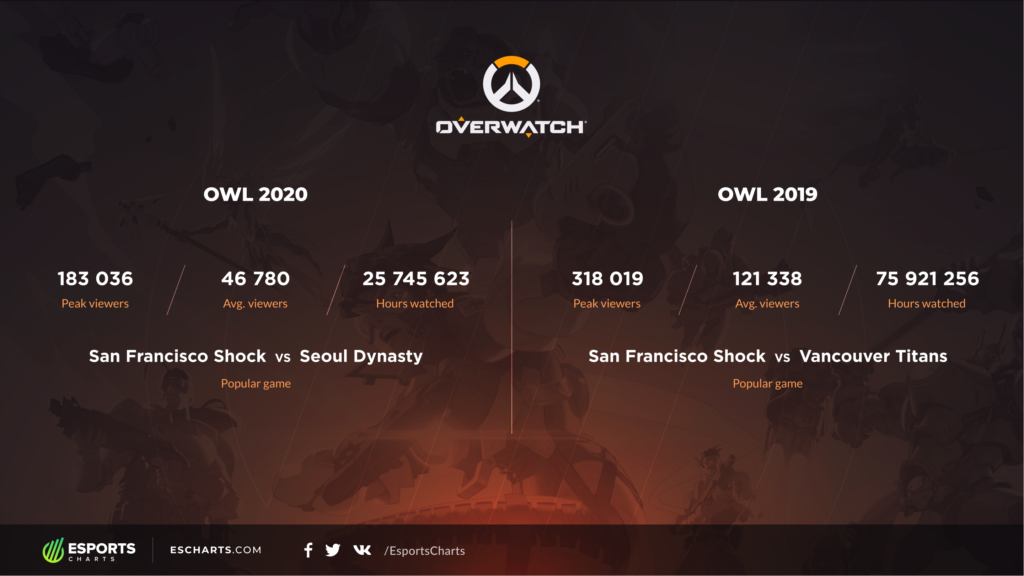
Peak viewership also dropped significantly year-over-year. Esports Charts reported that 183,036 people stopped in at one point to watch the 2020 finals compared to 318,019 in 2019. In tandem with the viewership averages and peak dropping, the hours watched also fell more than 50 percent from nearly 76 million hours watched in 2019 to just under 26 million this year.
Only the Korean broadcast showed an increase, jumping 27 percent and making up a total of 11.7 percent of all OWL viewership. The English stream accounted for almost 80 percent of the total broadcast hours watched.
Despite dominating the hours watched percentage, the English broadcast also lost the most viewers overall, dropping 66 percent from last year. This is likely due to a mix of decreased airtime, the regions being split, and other things taking interest away from the league.
COVID-19 and the ensuing pandemic caused its own share of issues for OWL, including the previously mentioned regional split and online play instead of offline events, which caused viewership to fluctuate heavily throughout the year.
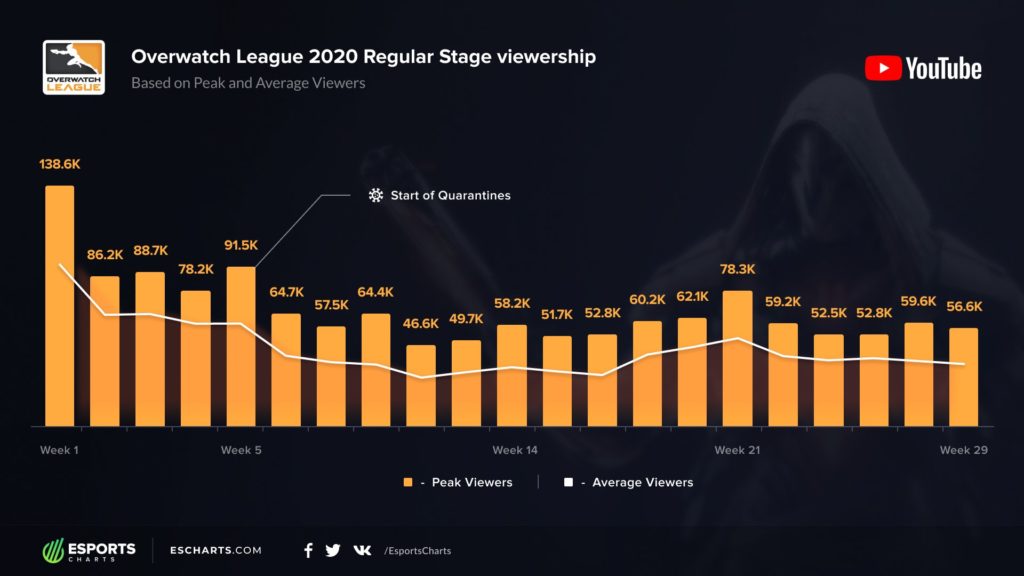
Week one had a peak of 136,000 viewers and managed to sit at an average peak of around 90,000 through week five, which is when quarantine began. From that point on, OWL only broke 70,000 peak viewership one other time during the regular season at around 78,000 in week 21.
But COVID wasn’t the only factor that detracted hype and viewership from OWL. Things like multiple top players leaving to play other games like VALORANT, the move to YouTube, and the potential decline in overall interest in Overwatch as a whole likely played a big factor in the decline.
Activision’s other competitive league, the Call of Duty League, didn’t suffer from many of those problems despite also being a YouTube exclusive broadcast. Its grand finals concluded with the Dallas Empire taking a 5-1 victory over Atlanta FaZe, peaking at 331,558 viewers with an average viewership of around 91,807.
The Overwatch League could bounce back in 2021 with some semblance of normality likely being re-established for the competition, but it’s unclear what Blizzard will do to adapt and improve its product.



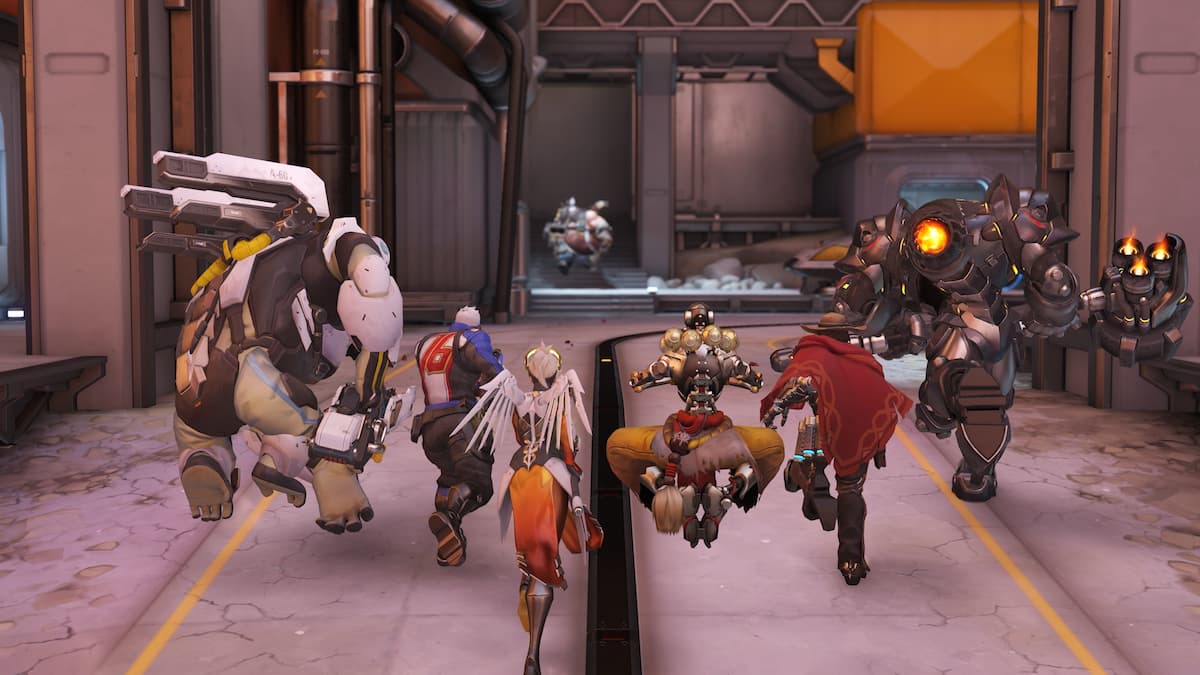

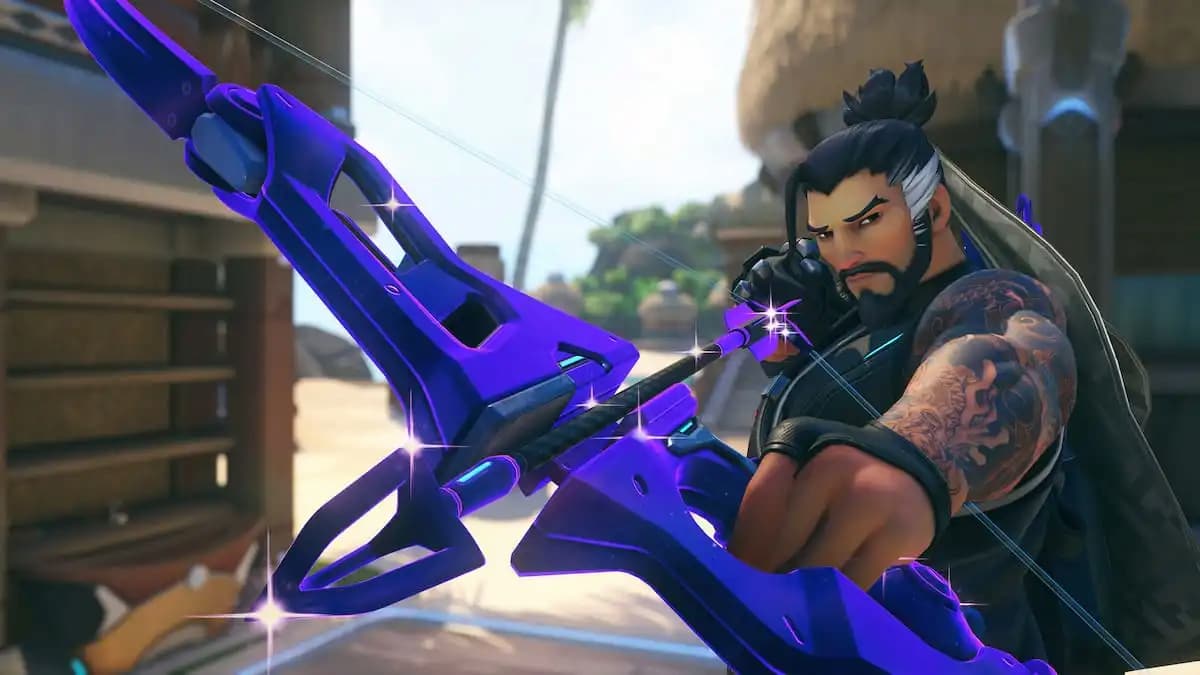

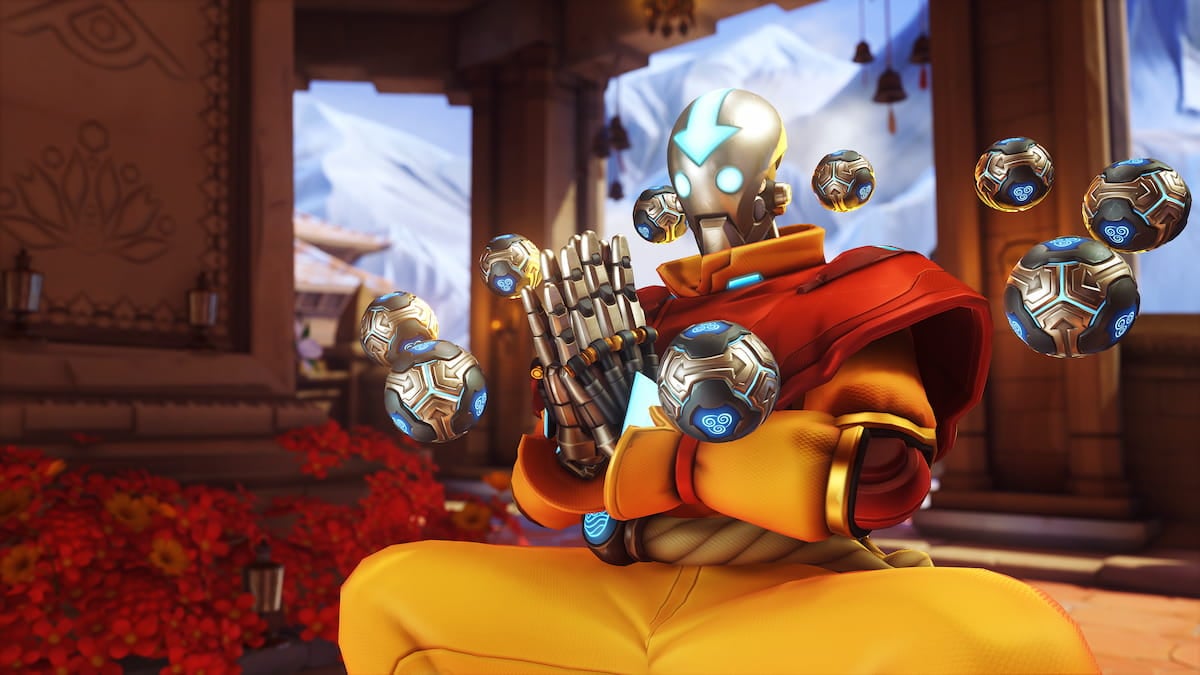

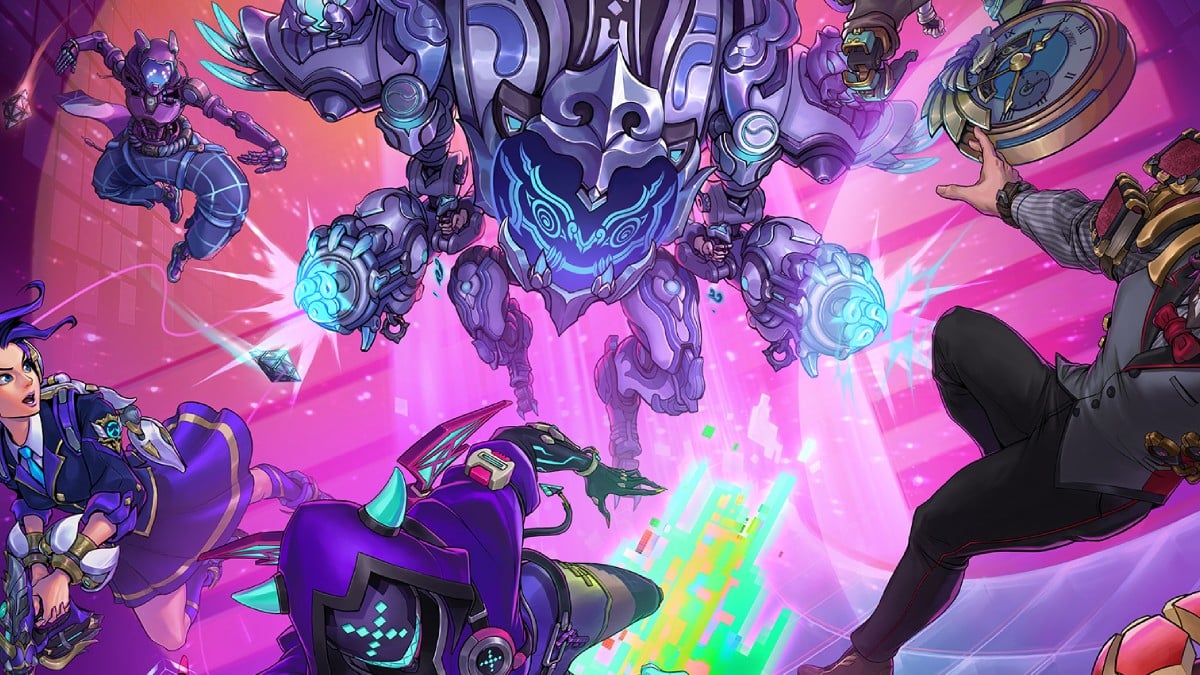
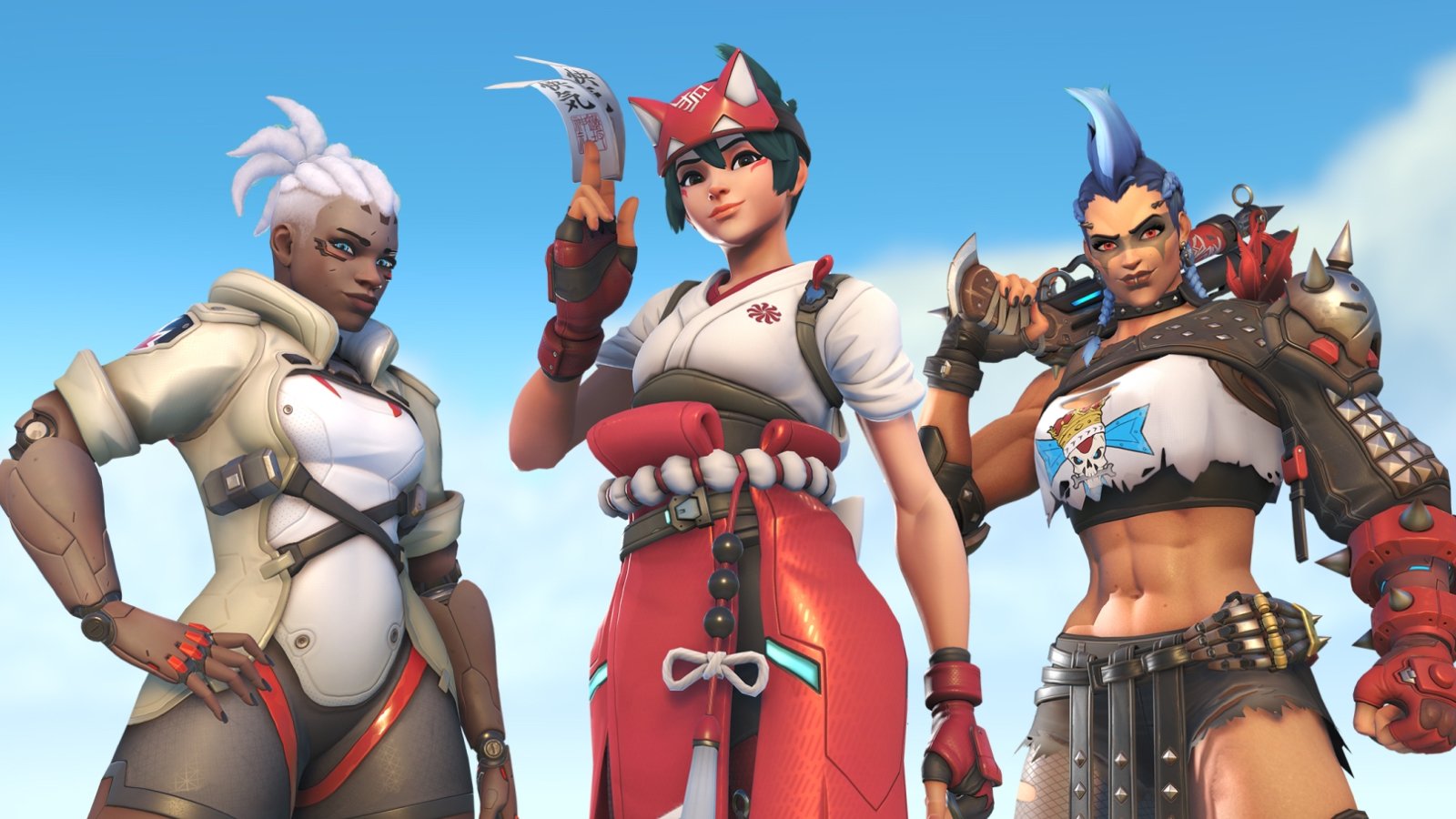
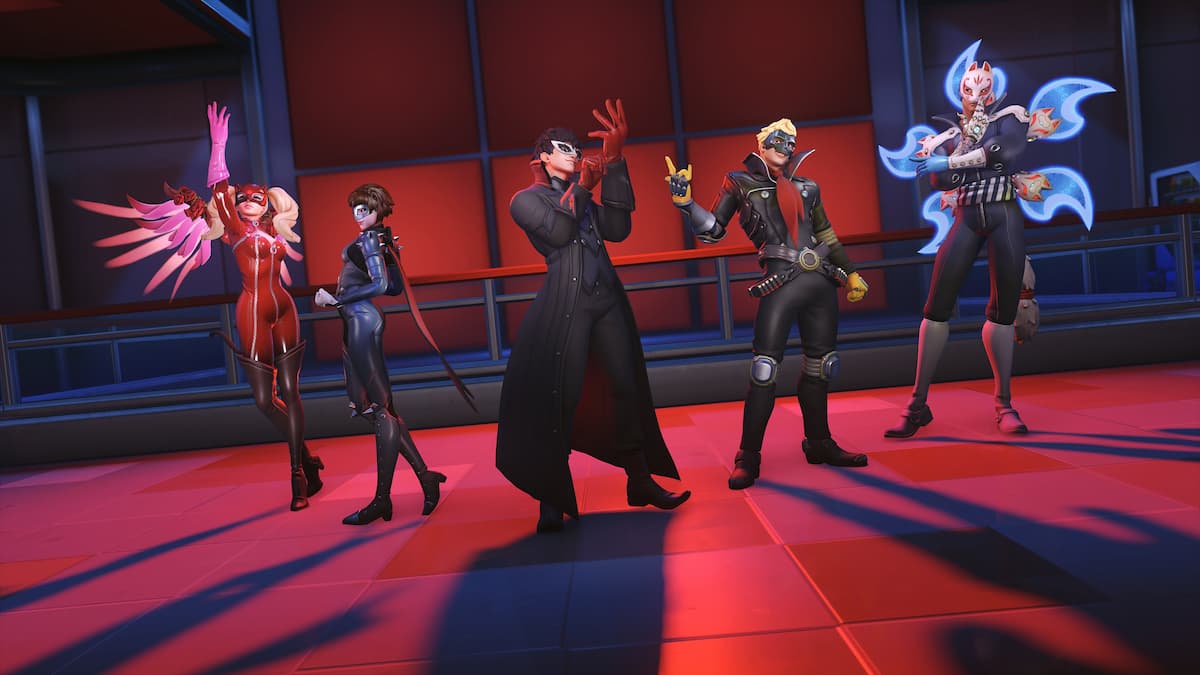

Published: Oct 22, 2020 04:46 pm